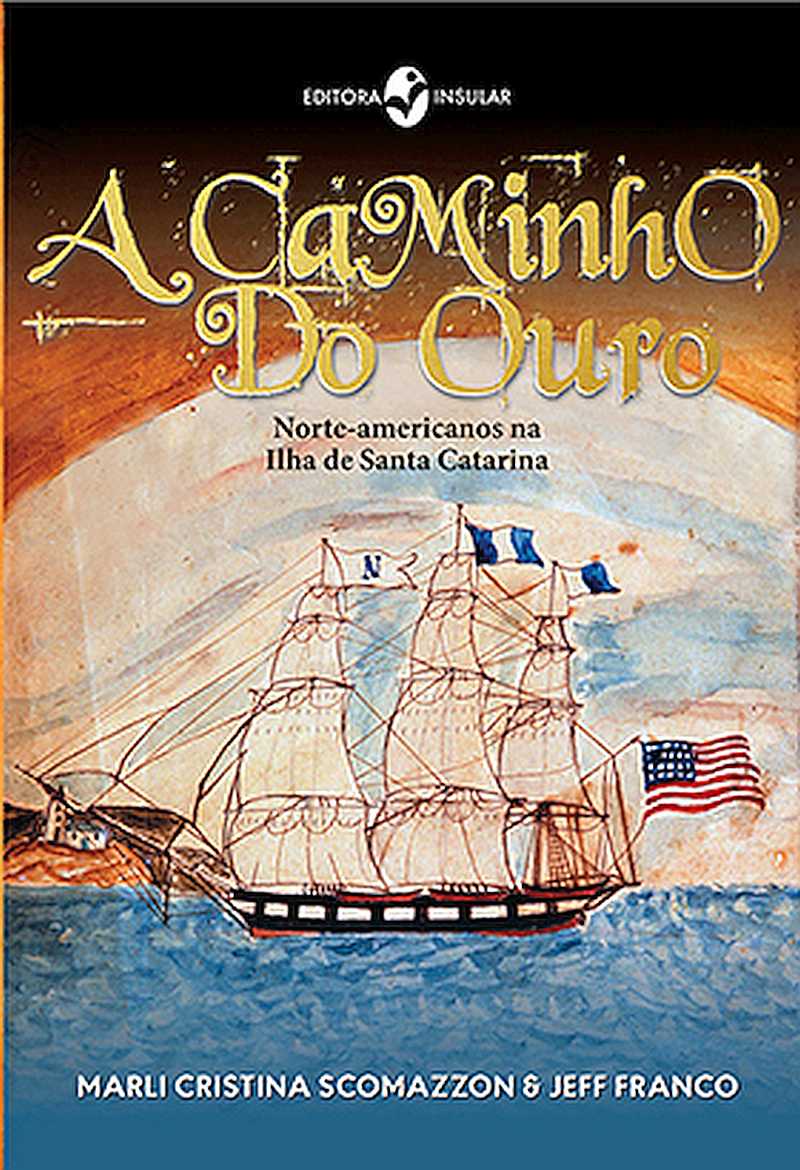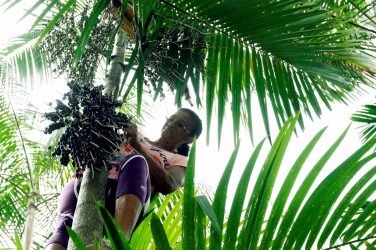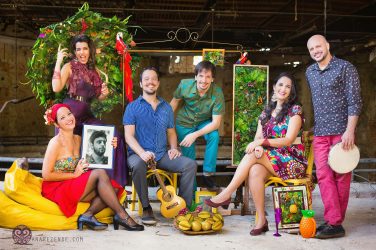“This small island has many attractions: its fruits have no rivals, its landscape is wild and picturesque, its inhabitants are kind and calm. The warm climate is influenced by a sea breeze that makes the heat never to be oppressive.
“The fertility of the soil is seen in the rich vegetation that oscillates in a verdant mass on narrow and steep valleys It seems that the Eden left the east in the form of an island.”
The charming description of Santa Catarina, a state in the south of Brazil, was made by an American in the middle of the 19th century. He and thousands of other countrymen passed through Santa Catarina towards California where they went in search of gold. This lasted from 1848 to 1856.
And this is the story that tells the book A Caminho do Ouro – Norte-americanos na Ilha de Santa Catarina (The Golden Road – Americans in Santa Catarina) by Jeff Franco and Marli Cristina Scomazzon based on dozens of manuscripts of travelers of that time. A story still unpublished in the history of Santa Catarina.
Travelers without exception were delighted with everything: with food (especially coffee and exotic fruits), with the beauty of the landscape, with the hospitality of the natives and there were even those who fell in love with some young lady and gave up the search for gold and stayed around definitely.
Contact with the people of Santa Catarina was idyllic in most cases, but there were also some conflicts and even death, and the local police had a hard time to repatriate travelers who gave up the journey.
Traveling in small boats, for so many miles was not easy. The complaints of the navigators were many and not being used to the sea a great impediment.
All these Americans lived on the East Coast of the United States, a country that had recently annexed California, after a brief war with Mexico.
Soon after the end of the war huge deposits of gold were discovered in the newly conquered land. But there were no roads that crossed the country, and what passed for road was difficult and dangerous because of the Indians, the immense mountains and valleys cut by mighty rivers.
There was no Panama Canal yet and the route that consisted of getting around South America was the best known by all. This path had long been used by whalers and travelers from the US and Europe who traded with the East.
The book also devotes a chapter to tell how the Santa Catarina lived these years of North American invasion. There were those who did their best to be good hosts, others saw in the episode a good opportunity for profit and there were those exasperated by the avalanche of noisy men eager for adventures.
Uncontrollable smuggling by the authorities, hunting for deserters, and manumission of slaves were commonplace episodes at that time.
The action of the American consulate in Desterro, which would become Florianópolis, closes the book. There were more than 50 years of activity, some very restless and some calmer.
The consuls during the gold rush did their best to make the invasion as smooth as possible, but they were not always successful.
In the official correspondence that has remained until our days it is possible to observe also the influence that some of them had in the community.
In a nutshell, A Caminho do Ouro rescues a period of the history that was not known and was forgotten by popular memory.









